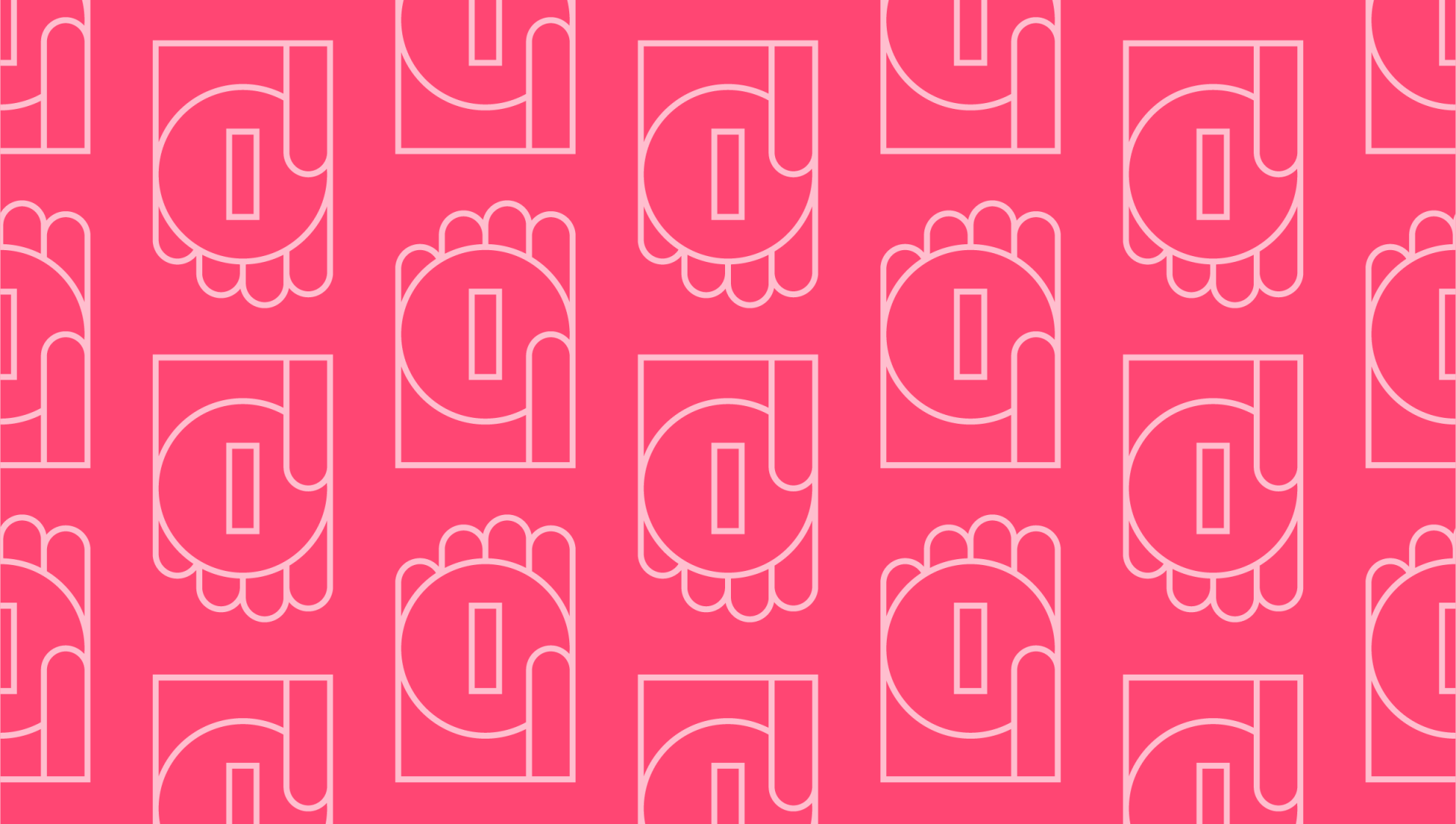
Alternative Payment Methods in Healthcare
Last editedJan 20222 min read
In a bid to keep the spiraling costs of spending in US healthcare provision under control, the American Medical Association (AMA) decided there was a need for alternative payment methods in healthcare. This involved a move away from “fee-for-service” incentives, with more emphasis on value, in the belief that alternative payment methods in healthcare could lead to better outcomes at a lower cost.
In 2015, the AMA repealed Medicare’s sustainable growth rate formula, resulting in new opportunities for physicians to participate in alternative payment models (APMs).
The benefits of well-designed alternative payment methods in healthcare
Traditional payment methods may have prevented physicians from delivering the services individual patients need, in the most effective way. This has resulted in poorer health outcomes for patients, who then went on to receive treatments they could have avoided, had physicians been able to deliver their care in better ways.
Alternative payment models provide different methods for physician compensation. According to the AMA, well-designed APMs that put patients at the heart of the system will provide huge benefits in terms of the quality of patient care, whilst reducing the growth in spend on healthcare.
Factors contributing to the success of alternative payment methods in healthcare
To be successful, an APM needs:
Flexibility for physicians to deliver the most appropriate care.
Sufficient money to support a physician’s costs in delivering this care.
Physician accountability to deliver high quality care and avoid unnecessary services.
No penalties should be incurred for things outside the control of physicians.
Physicians can make use of AMA developed educational materials to understand how to design APMs that can help them deliver better care at a lower cost. The Guide to Physician-Focused Alternative Payment Models PDF describes several ways of designing APMs that address the biggest challenges of current healthcare payment systems.
Physicians can also attend educational seminars about APMs in multiple US states, and take part in workshops, where they have the opportunity to share their experiences of designing and implementing APMs.
Physician attitudes about alternative payment methods
In order for alternative payment methods for healthcare to be successful, physicians must be actively involved in the design of them.
By establishing specific processes involving individual physicians and physician specialty groups, payment models could be developed and considered for implementation in the Medicare program. The newly created Physician-Focused Payment Model Technical Advisory Committee (PTAC) has been tasked with reviewing the APMs developed by physicians. They are also responsible for recommending which of these should be implemented in the Medicare program.
Many physicians have been enthusiastic about the prospect of having the ability to create APMs that will help them deliver their services in different ways and improve patient care. Proposals for APMs have been submitted in many branches of medicine including those to improve care for patients with:
Asthmatic complaints
Cancers
Chronic kidney disease
Inflammatory bowel disease
Other APMs aimed at delivering better delivery healthcare include those for emergency care, inpatient care, home care and palliative care, with the AMA having approved and advocated for the implementation of many of them.
Going forward, the AMA would like to see every physician involved in the creation of alternative payment methods in healthcare appropriate to the patients they treat. To boost uptake of the new alternative payment methods for healthcare amongst physicians, Congress authorized a 5% annual lump sum payment to those participating at certain thresholds levels. These physicians are also exempt from the Merit-Based Incentive Payment System (MIPS).
We can help
GoCardless helps you automate payment collection, cutting down on the amount of admin your team needs to deal with when chasing invoices. Find out how GoCardless can help you with ad hoc payments or recurring payments.
